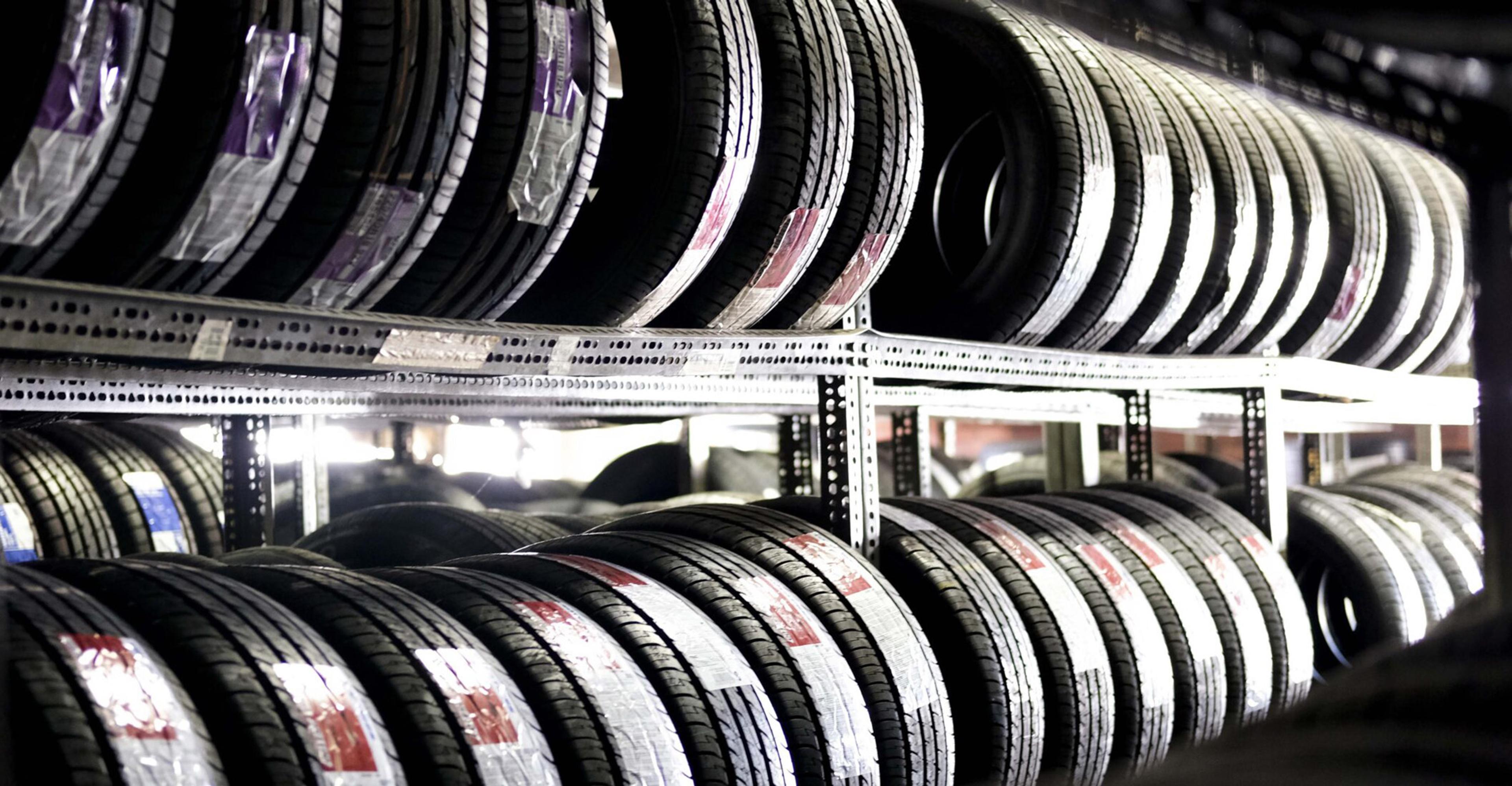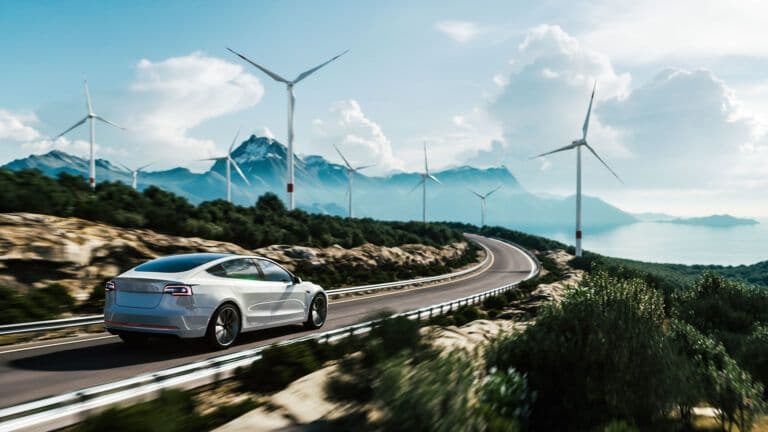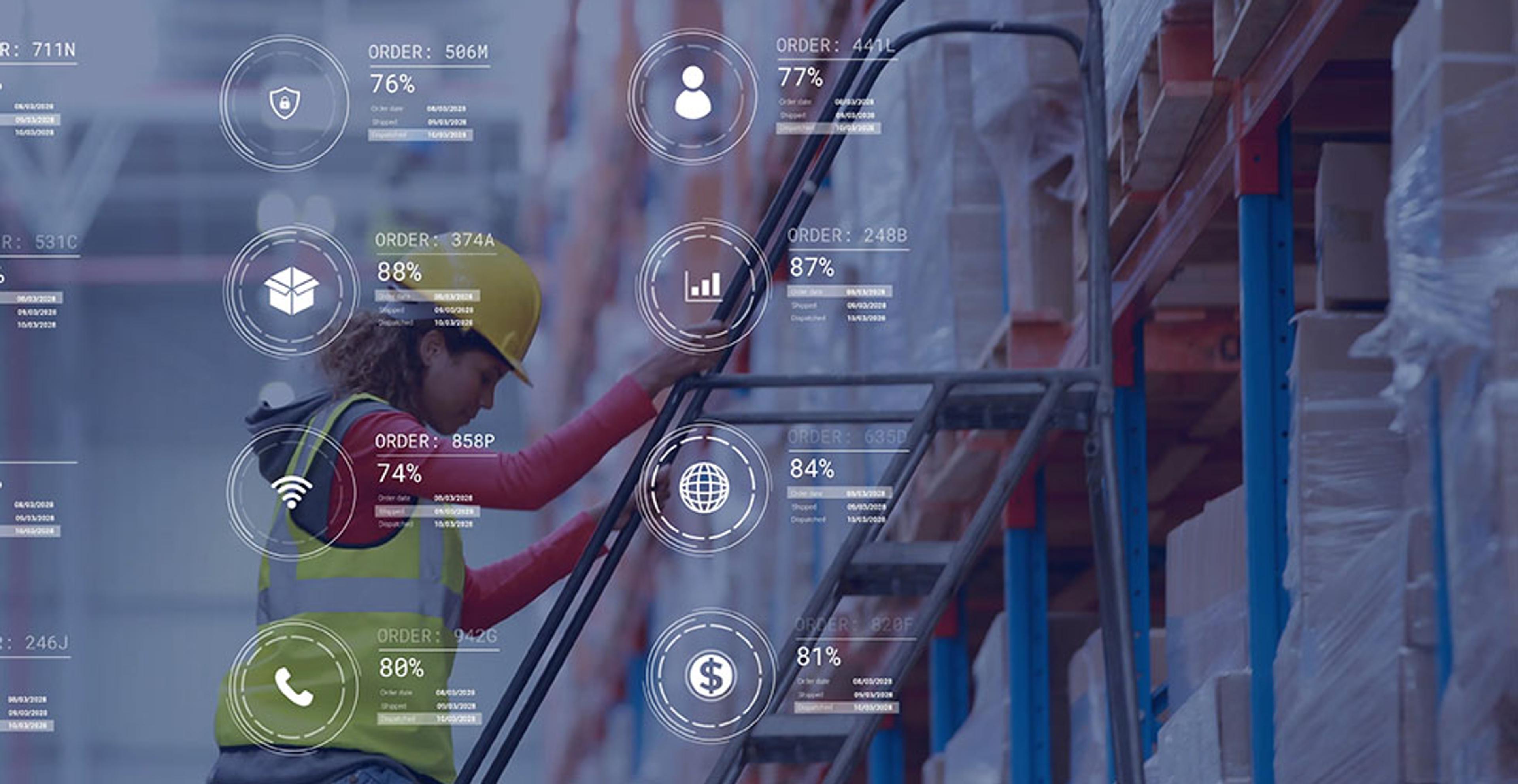Tire and EV Battery Logistics in the Automotive Supply Chain

Automotive supply chain challenged by a lack of transparency
Production economics and highly variable demand are driving inventory management strategies for tire manufacturers. Automakers, battery manufactures, and tire OEMs are challenged to keep producing, however many automotive dealerships are keeping lower inventories and pulling in stock on demand. To meet customer demands, these players in the industry are seeking out logistics networks that provide agility, flexibility, and cost-effectiveness to scale operations up or down.
The automotive industry is eyeing the transition to an electrified future and how it will affect the supply chain. This process of change will take many forms along the automotive value chain, from extracting raw materials for batteries and the manufacturing of EV components to the structure of established auto suppliers and the level of vertical integration of the OEMs. Due to the notorious lack of transparency in the automotive supply chain, this will be a challenging effort for all involved.
In 2022, more than 10 million electric cars were sold worldwide and the sales are expected to grow by another 35% this year to 14 million. The industry has been in a period of explosive growth, with the share of the overall car market rising from ~4% in 2020 to 14% in 2022. Based on the latest IEA projections, EV market share is set to further increase to 18% in 2023.
Automotive companies invest in an electrified future
Vehicle makers are taking steps to prepare for bigger powertrain battery needs through major investments in manufacturing capacity. Ford is working with SK On to create a mega campus that will have the capacity to make a new electric truck at 500,000 units per year. The auto giant is building an all-new facility rather than adapting an existing one and a fully integrated manufacturing site will build and assemble batteries to be delivered in less than 30 minutes.
General Motors and Samsung SDI recently announced their plans to invest more than $3 billion building a new battery cell manufacturing plant that will begin operations in 2026. GM announced that the new facility would increase their EV capacity in North America by one million units annually. Leading Japanese companies GS Yuasa and Honda in a joint venture with Blue Energy have announced plans to research, develop, and invest in mass production of lithium-ion batteries, mostly for battery electric vehicles, starting production in 2027.
Volkswagen Group is another auto leader that is investing in its global footprint for battery cells. Volkswagen and PowerCo SE will build their largest cell factory to date in Canada, with production starting in 2027. The automaker has set a goal to have 80% of its vehicles electric by 2030.

Electric vehicle battery logistics require specific supply chain operations
As the demand for electric vehicles and their batteries grows, special logistics skills are essential for efficiency and safety when it comes to handling and storage. In the EV value chain, there are new players that do not exist in the traditional automotive value chain, including raw material suppliers, battery manufacturers, and recycling companies.
Lithium-ion batteries can also pose significant safety issues during transportation and storage, with a risk of high-intensity fires and sensitivity to temperatures. While they are classified as hazardous, so are many other materials and products transported and stored by trusted logistics companies. Since 2011, there have been advancements in battery safety technology including smart packaging, cry-containment, and non-flammable electrolytes.
The EV battery supply chain is dispersed around the world, with battery minerals traveling an average of 50,000 miles from extraction to battery cell production. Much of the mineral supply is concentrated in just a few countries, the dispersion making the supply vulnerable to extreme weather, geopolitics, trade alliances, corporate consolidation, or other disruptions. Many countries have been looking to devote more resources to domestic battery production as the popularity of electric vehicles has grown.
Tire supply outstrips automotive manufacturers
Whether the vehicles on the road are powered by electric batteries or gasoline, they all require tires. Tires are essential to the automotive industry and will always need to be in production. Media publication Tire Review sent out a survey to its audience of dealers in June 2022 and 82% of those reported struggling with some level of tire shortage. When asked how they were dealing with supply chain strain, the top answer at 43% was stocking up on inventory closely followed by adding new distributors at 41%.
The automobile tire market is booming across the globe and is expected to grow further at 12.2% CAGR from 2023 – 2030. Two main factors could impede market growth, including price volatility and the supply-demand imbalance for the raw materials used in tire production. Supply chain leaders in the industry must determine inventory dynamics and proper alignment amidst tariffs, rising costs, shortages of inputs, and delayed and rising freight costs.
Supply chain management with a trusted provider
The team at ITS Logistics chooses to stay relentless in the pursuit of excellence and one of the best verticals represented has been the automotive industry. The goal is always to keep customers ahead of the curve and accelerate business growth with high-quality logistics services. Avoid the problems of storing and shipping batteries and tires with a trustworthy partner that enables transparency and reliability.
ITS Logistics has two new facilities coming online soon with features perfect for automotive tire and battery distribution:
- Over 1.7M SqFt coming online this year in North Fort-Worth, TX (climate controlled) and Whitestown, IN
- Both are class A, 40’ clear buildings
- Local and regional asset-based fleet terminals domiciled within both operations
- Cloud-based WMS system that provides full visibility and control
Discover how ITS has helped its customers:
- Caraway Sees 280% Order Volume Increase and Expands into Omnichannel Fulfillment
- Common Challenges, Uncommon Solutions
- ITS Logistics and Starbucks – A Perfect Blend



